
- English
- Español
- Português
- русский
- Français
- 日本語
- Deutsch
- tiếng Việt
- Italiano
- Nederlands
- ภาษาไทย
- Polski
- 한국어
- Svenska
- magyar
- Malay
- বাংলা ভাষার
- Dansk
- Suomi
- हिन्दी
- Pilipino
- Türkçe
- Gaeilge
- العربية
- Indonesia
- Norsk
- تمل
- český
- ελληνικά
- український
- Javanese
- فارسی
- தமிழ்
- తెలుగు
- नेपाली
- Burmese
- български
- ລາວ
- Latine
- Қазақша
- Euskal
- Azərbaycan
- Slovenský jazyk
- Македонски
- Lietuvos
- Eesti Keel
- Română
- Slovenski
- मराठी
- Srpski језик
What is switchgear?
2024-05-20
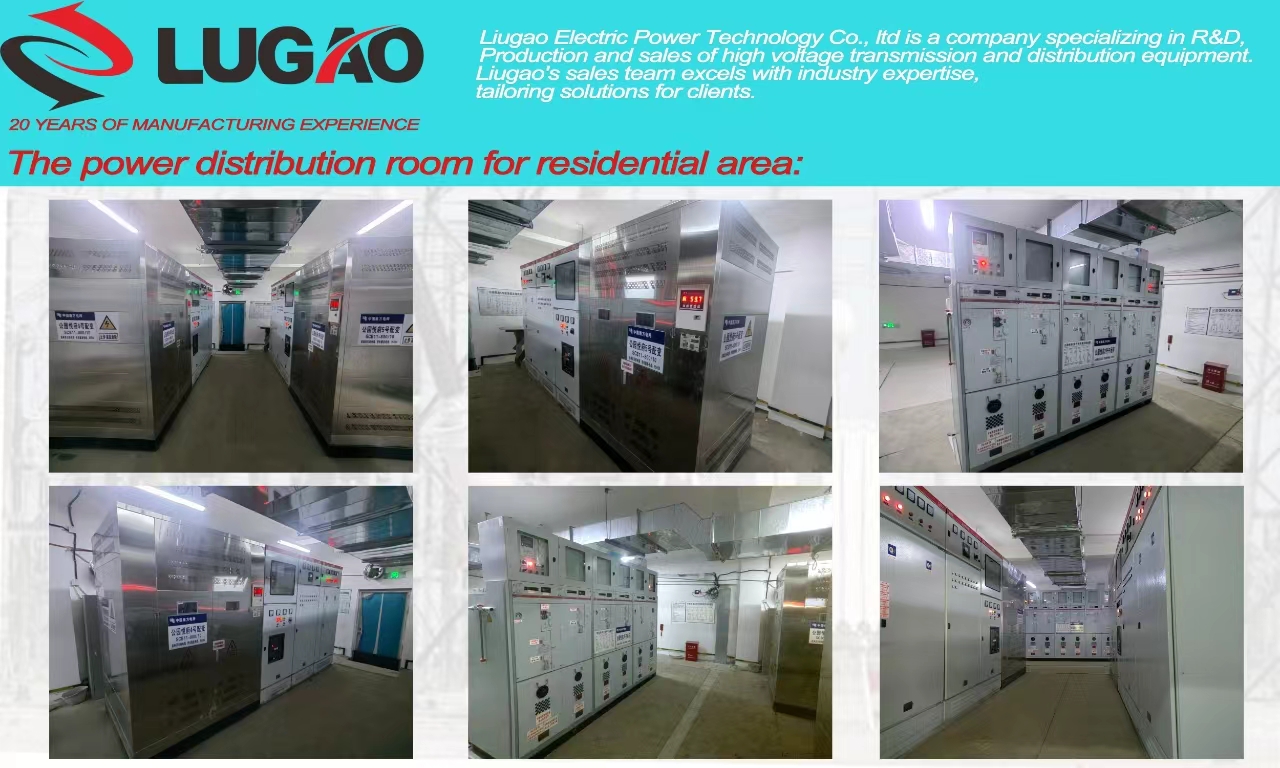
turdy metal structures, forming what is known as a switchgear line-up or assembly.Electrical switchgear refers to a centralized collection of circuit breakers, fuses, and switches (circuit protection devices) designed to protect, control, and isolate electrical equipment. These critical components are housed within sSwitchgear finds widespread use in electric utility transmission and distribution systems, as well as in medium to large-sized commercial or industrial facilities. Standards governing electrical switchgear are established by IEEE in North America and by IEC in Europe and other regions globally.Explore our guide to learn more about electrical switchgear, circuit breakers, circuit protection devices, and the standards set forth by IEEE and IEC.
Quick links to switchgear fundamentals:How Switchgear Works?| How Does Switchgear Work?|Switchgear Maintenance: Best Practices for Longevity and Performance|How Switchgear Enhances Electrical System Safety and Reliability|
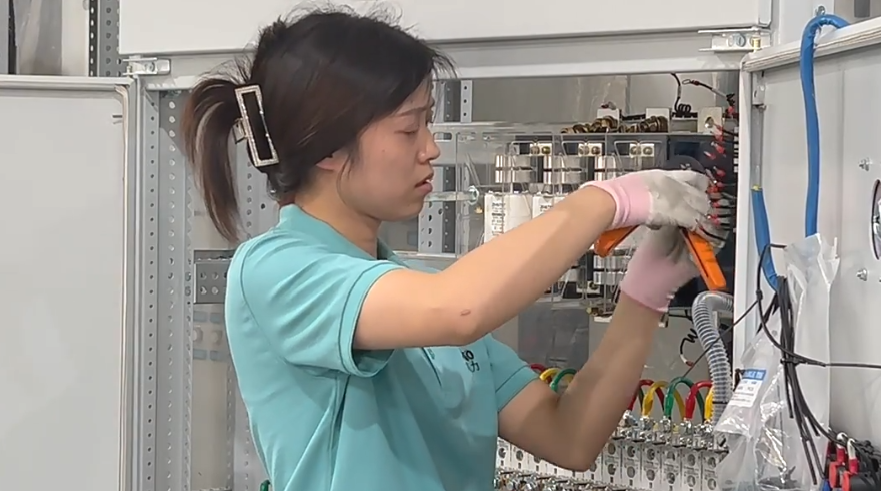
How does switchgear work?
Electrical switchgear encompasses a set of circuit protection devices, including circuit breakers, fuses, or switches, housed within a unified metal enclosure. These devices efficiently distribute power to different sections within a facility, managing electrical loads effectively. Furthermore, they ensure the safety of
both personnel and equipment by regulating current flow within the system to maintain safe levels.
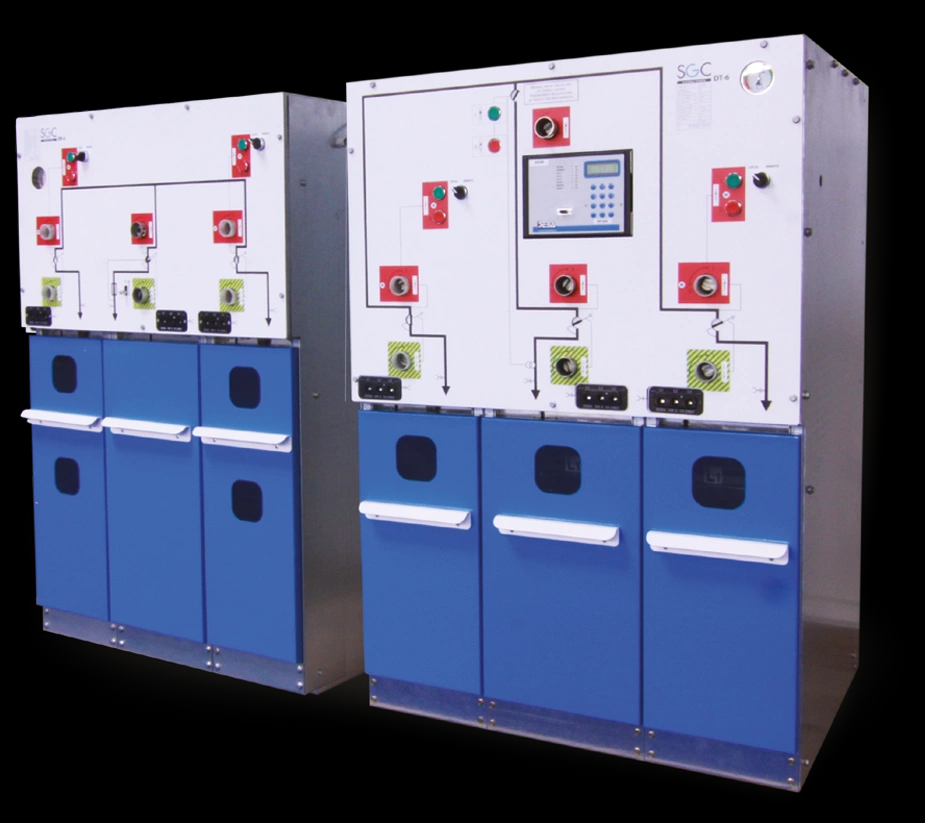
Types of medium-voltage switchgear
Compact switchgear
Compact switchgear is a medium-voltage metal-enclosed switchgear solution featuring sealed circuit breakers and disconnects, perfect for installations in confined spaces or areas with low accessibility. These circuit breakers can be designed in 3 phases within a single tank or in an isolated phase
configuration. Compact switchgear is engineered, manufactured, and tested to meet IEEE C37.20.9 and IEC 62271 standards, ensuring high performance and reliability. This makes it an ideal choice for applications requiring space-efficient and easily accessible electrical solutions.
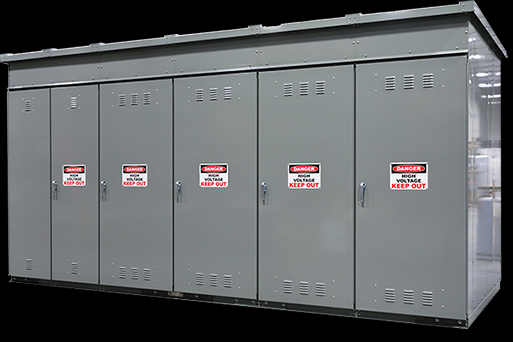
Metal-clad switchgear
Metal-clad switchgear, defined by IEEE C37.20.2, is a medium-voltage electrical switchgear construction where all electrical components—including the incoming bus, outgoing bus, instrumentation, and main circuit breaker or switch—are enclosed in separate metal compartments. This design provides
enhanced safety, ruggedness, and ease of maintenance. Metal-clad switchgear is rated for voltage levels ranging from 5 kV to 38 kV. It features draw-out circuit breakers for easy maintenance and is commonly used in industrial facilities, as well as electrical power generation and power transmission facilities.
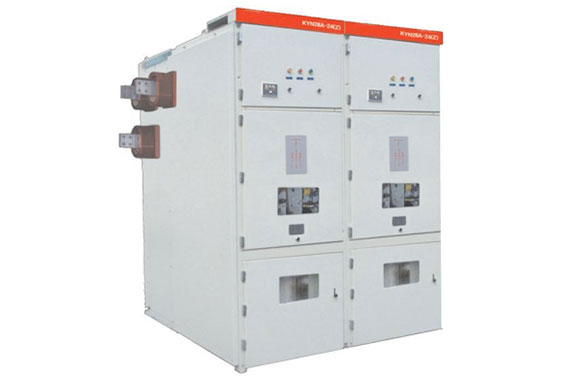
Metal-enclosed switchgear
Metal-enclosed switchgear, as defined by IEEE C37.20.3, incorporates various circuit protection devices including circuit breakers, power fuses, and fusible switches, along with control and metering equipment. Unlike metal-clad switchgear, these devices can be mounted in common compartments without the need for separate barriers or compartmentalization. Metal-enclosed switchgear is typically used in commercial and industrial facilities where the incoming electrical service exceeds 480/600V.
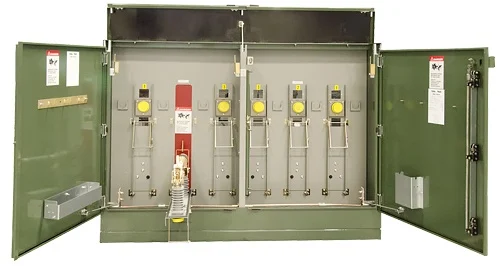
Pad-mounted switchgear
Pad-mounted switchgear, as defined by IEEE C37.74, is designed for underground distribution systems rated from 5 to 38 kV that require above-grade operation. This outdoor-rated, low-profile, and tamper-resistant switchgear is ideal for utility distribution, feeder sectionalizing, and circuit protection applications. It uses switches, fuses, and vacuum interrupters to protect loads, isolate faults, and minimize outages. Pad-mounted switchgear can feature up to 6-ways in a common insulated sealed tank. Available insulation options include air, SF6 gas, fluid, solid-dielectric-in-air technology, and solid materials.
Vault or subsurface switchgear
Vault or subsurface switchgear, defined by IEEE C37.74, is designed for electrical distribution systems rated from 15 to 38 kV, where switches and accessories must be operable from inside a vault or below-grade location. These locations can be dry or subject to water ingress. Vault or subsurface switchgear allows for above-ground operation either manually or using relays and utilizes vacuum interrupters to protect loads and isolate faults. Insulation options include SF6 gas, solid-dielectric-in-air technology, and solid materials.
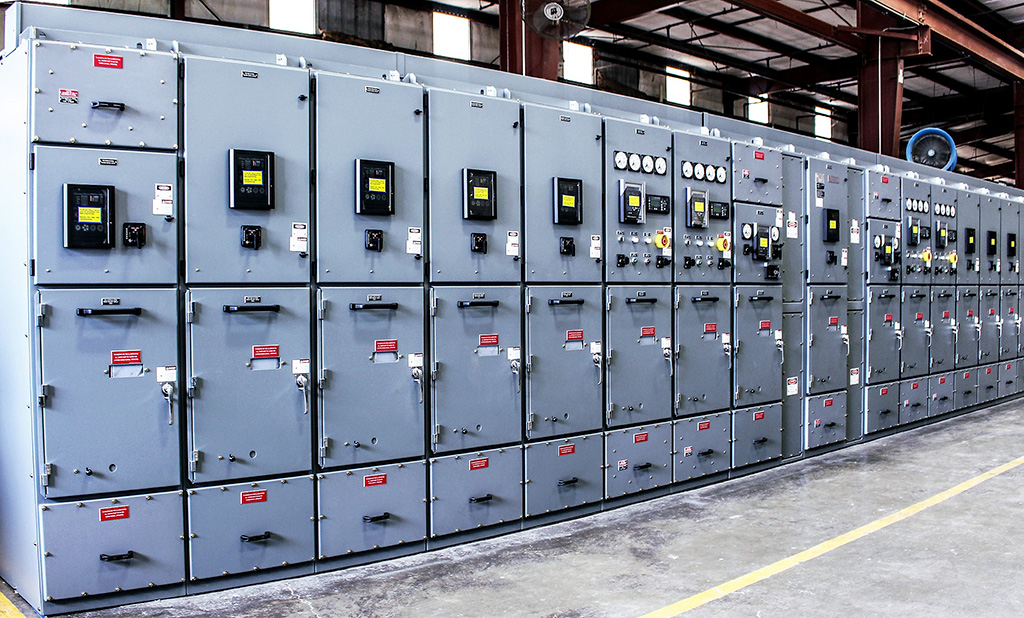
Arc resistant switchgear: ANSI/IEEE C37.20.7
Conventional electrical switchgear, built to IEEE (North America) or IEC (Europe and other parts of the world) standards, provides a safe environment for equipment and maintenance personnel under normal operating conditions. However, it is not designed to withstand the enormous energy released during an electrical fault. Arc-resistant switchgear is specifically engineered to contain and redirect arc flash energy away from operators. This is typically achieved by diverting arc flash energy through a plenum to a safe area.
Arc-resistant testing standards are defined by ANSI/IEEE C37.20.7. This standard outlines two levels of accessibility: Type 1 provides protection only at the front of the gear, while Type 2 offers protection on all sides. Suffixes further define arc performance for control compartments and between vertical sections of the switchgear:
Suffix B: Protection for compartments involving normal operation with low-voltage control or instrumentation.
Suffix C: Isolation between all adjacent compartments.
Suffix D: Designed for installations with some inaccessible external surfaces, not requiring a Type 2 design.
Eaton's arc-resistant medium-voltage switchgear options include Type 2, 2B, and 2C.
Additionally, remote racking allows operations such as disconnecting, testing, and connecting circuit breakers and auxiliary compartments of metal-clad switchgear from a distance of typically 25-30 feet, enhancing safety.




